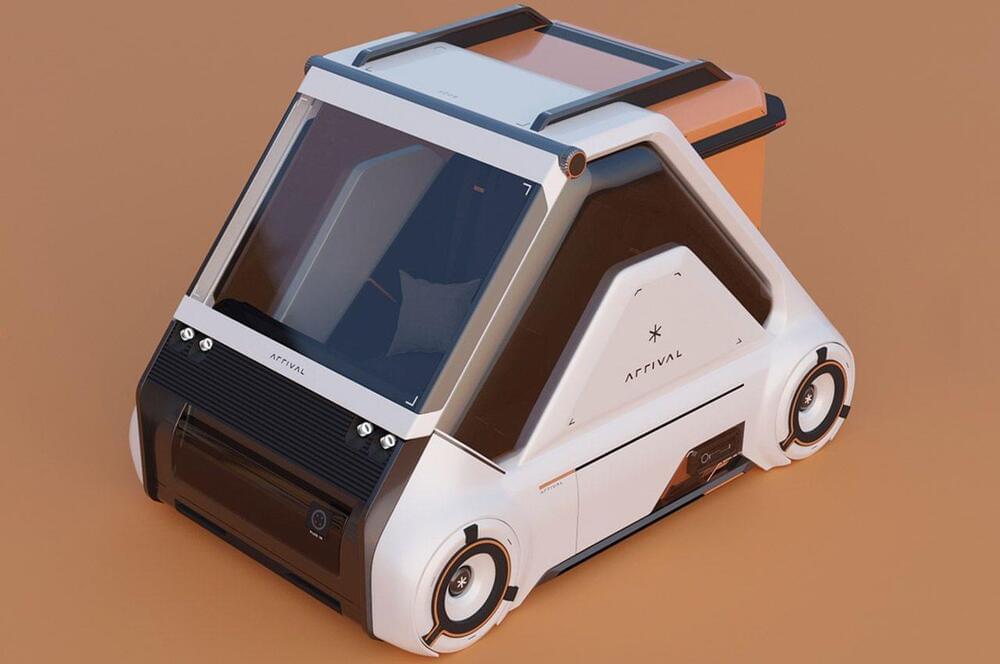Imagine a future where living in close quarters will be the norm, and so will the vehicles in about five decades from now reflect that societal bond. The Arrival Chemie is a true example of a minimalist future that will revolve around simplicity, function and of course human bond!
Automotive design is going through a metamorphosis stage wherein the gradual shift to an eco-friendly set of wheels is becoming the priority of manufacturers and consumers alike. This shift in perception has had a domino effect in the basic design of vehicles since the propulsion mechanisms and their placement in the vehicle have changed. This gives more freedom to experiment with the interior as well as exterior form. More emphasis is now on the comfort and lounging experience while traversing from point A to B. While on the exterior the multifunctional approach takes precedence.





